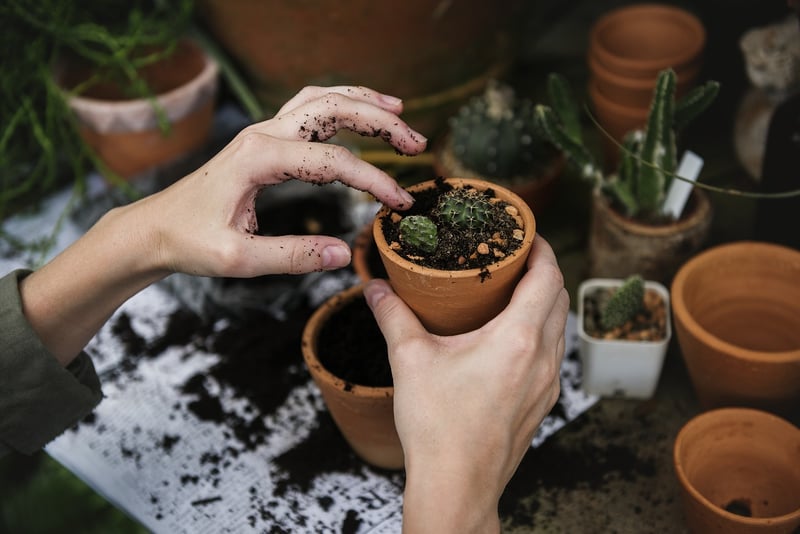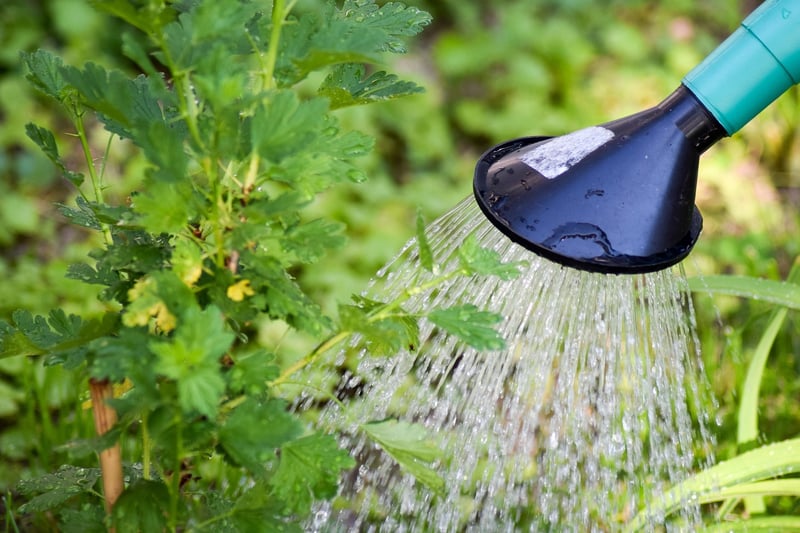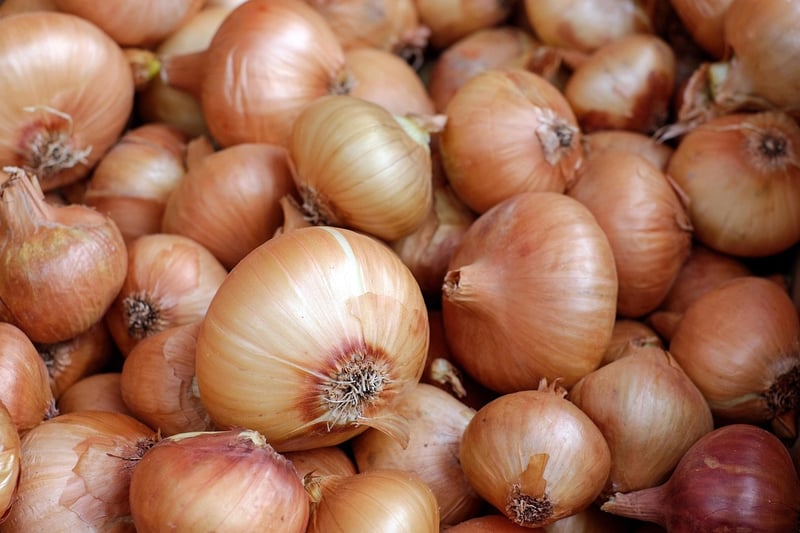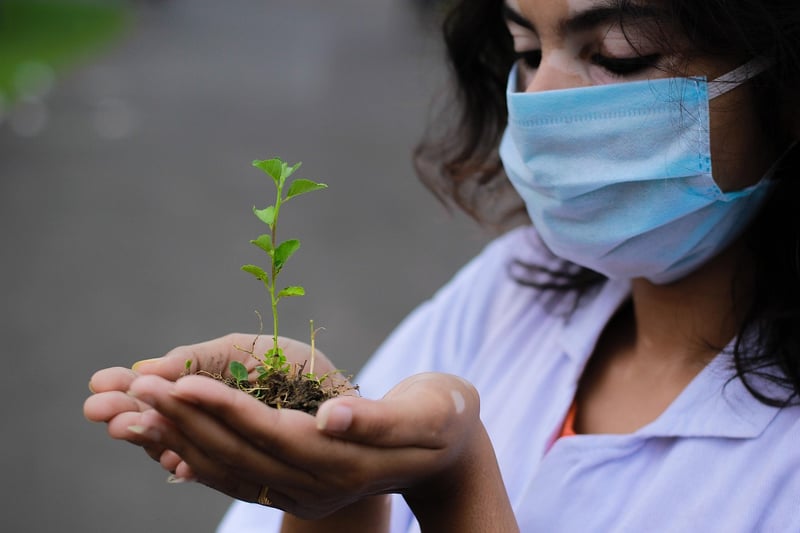Soil Health
Tips for Healthy Plants and Soil Health
Introduction
Healthy plants start with healthy soil. By focusing on improving soil health, you can ensure that your plants thrive and flourish. Here are some tips to help you maintain both healthy plants and soil.
1. Choose the Right Plants
Start by selecting plants that are well-suited to your soil type, sunlight exposure, and climate. Choosing the right plants will set them up for success from the beginning.
2. Provide Adequate Watering
Water your plants deeply but infrequently to encourage deep root growth. Avoid overwatering, as this can lead to root rot and other issues. Be mindful of the specific water requirements of each plant.
3. Use Organic Matter
Adding organic matter such as compost, manure, or leaf mulch to your soil can improve its structure, fertility, and water retention capabilities. Organic matter also encourages beneficial soil organisms.
4. Mulch Your Plants
Applying mulch around your plants helps retain soil moisture, suppresses weeds, and adds organic matter to the soil as it breaks down. Mulch also moderates soil temperature fluctuations.
5. Rotate Crops
Rotate your crops each season to prevent the buildup of pests and diseases in the soil. Different plants have different nutrient needs, so rotating crops can help maintain soil fertility.
6. Avoid Chemicals
Avoid using synthetic fertilizers and pesticides that can harm beneficial soil organisms. Opt for organic and natural alternatives to protect both your plants and the soil ecosystem.
7. Test Your Soil
Regularly test your soil to check its pH level and nutrient content. This will help you adjust your gardening practices and ensure that your plants have access to the necessary nutrients for healthy growth.
Conclusion
Healthy plants and soil health go hand in hand. By following these tips and paying attention to the needs of your plants and soil, you can create a thriving garden that benefits both your plants and the environment.






